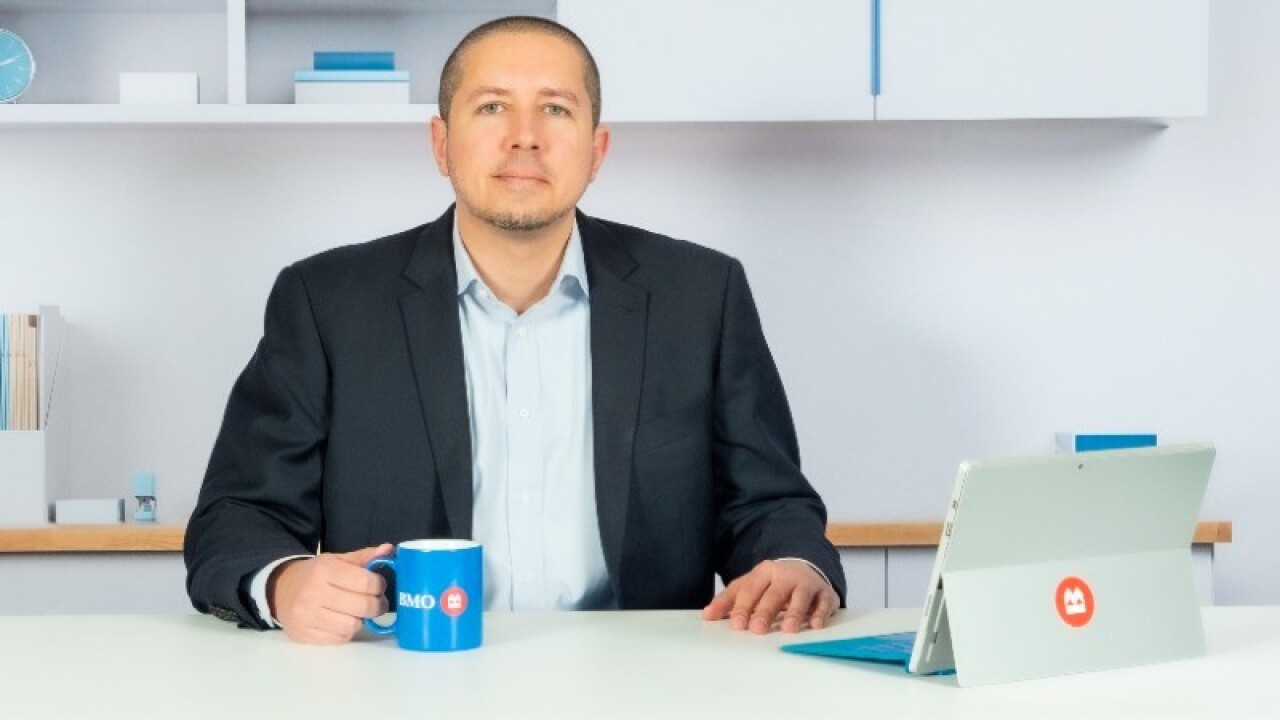Ripple's campaign to beat Swift at cross-border payments just got some new recruits.
The San Francisco startup announced several new customers of its enterprise blockchain software on Tuesday, bringing the total number of financial institutions on RippleNet, its payments network, to more than 100.
The institutions plan to use Ripple's software to enable — among other activities — instant payments into India, a $71-billion remittance market; cross-border e-commerce transactions between Brazil and the rest of the world; payments into South America; and improved remittances from Switzerland to France.
"The technology we have, and the vision we have, is proven," said Marcus Treacher, Ripple's global head of strategic accounts. "We've gone from theory to hard-nosed production, and that's a big event."

Ripple executives describe the enterprise software as "a better Swift." Instead of the one-way messaging service provided by the Society for Worldwide Interbank Financial Telecommunication, Ripple offers a two-way protocol. That provides greater transparency, allowing banks on either side of a transaction to find out ahead of time when the funds will arrive and what the fees and foreign-exchange costs will be.
The full benefit of the software can be had only when institutions on both ends of a transaction are running it, so the network's growth is crucial to its long-term viability.
While the new customers announced on Tuesday — including European bank Credit Agricole, Thailand-based Krungsri, United Arab Emirates-based Rakbank and TransferGo — are all conducting pilots of Ripple's software, other financial institutions have deployed it for commercial purposes.
The Swedish bank SEB, for instance, has so far processed more than $180 million in cross-border payments for a large corporate customer using Ripple's enterprise software. Money was sent between Sweden and the United States and the transactions were completed in seconds, according to a news release.
"We have actually plugged into the piping within banks today, which means that we can help them make that switch from the legacy Swift model to a much more high-speed and transparent model of making payments," Treacher said.
Ripple's ultimate goal is more radical: For monetary value to be able to
That is where the startup's cryptocurrency, XRP, comes in. Ripple would like to see it used as an on-demand liquidity tool so that banks and other companies no longer have to store piles of cash at correspondent banks in order to send payments in foreign markets.
Ripple announced on Tuesday that Cuallix has become the first institution to conduct a pilot with XRP doing just that—in this case, lowering the cost of payments from the U.S. to Mexico. It is not a sandbox experiment, Treacher says. Real pesos are being delivered.
Financial institutions choosing to update their payments infrastructure with Ripple's technology "has become the equivalent of a retailer choosing to build an e-commerce business in the year 2000—it's a no-brainer," Ripple CEO Brad Garlinghouse said in the release.
But it may be a long time before XRP is used globally as the liquidity tool for interbank payments. The total value of all XRP is only about $10 billion today, according to CoinMarketCap.
Still, in an industry filled with hype and speculation, Ripple's tangible progress is noteworthy.
"For the blockchain world," said Treacher, "it's pretty profound."





